Home / Albums / Tag Place:Europe 140

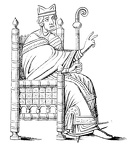 Chair of the Ninth or Tenth Century
Chair of the Ninth or Tenth Century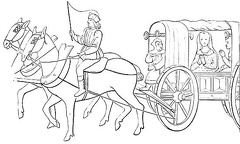 Flight of Princess Ermengarde
Flight of Princess Ermengarde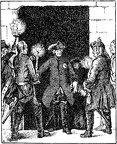 Good evening, gentlemen, evidently you were not expecting me
Good evening, gentlemen, evidently you were not expecting me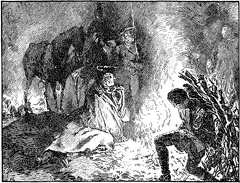 Frederick at the watch-fire before the battle of Liegnitz
Frederick at the watch-fire before the battle of Liegnitz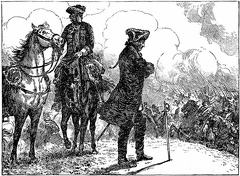 Frederick stood on the bloody field like one dazed
Frederick stood on the bloody field like one dazed Arbalestina
Arbalestina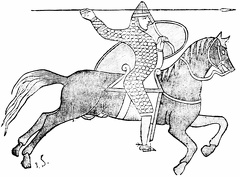 An 11th century knight, after the Bayeux tapestry
An 11th century knight, after the Bayeux tapestry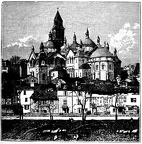 A domed church
A domed church A juggler, after a miniature
A juggler, after a miniature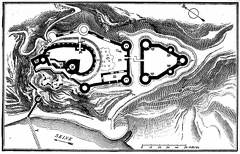 According to Viollet-le-Duc
According to Viollet-le-Duc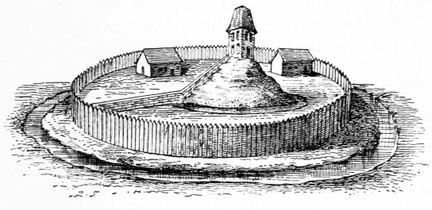 10th century castle, on its mound, with a wooden palisade enclosure
10th century castle, on its mound, with a wooden palisade enclosure A Bishop
A Bishop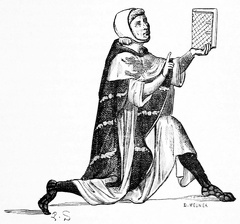 The Lord of Joinville, dressed in his coat of arms, from a 14th century manuscript
The Lord of Joinville, dressed in his coat of arms, from a 14th century manuscript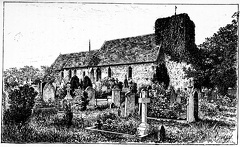 The Saint-Martin church, in Canterbury, founded by Saint Augustin
The Saint-Martin church, in Canterbury, founded by Saint Augustin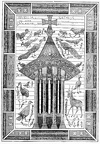 The Source of Life
The Source of Life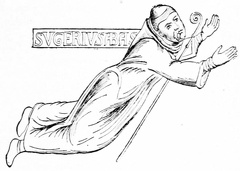 Suger, after a stained glass window from Saint-Denis
Suger, after a stained glass window from Saint-Denis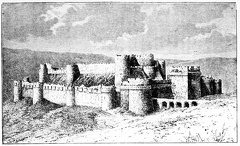 The Krak Castle. Current state
The Krak Castle. Current state Seal of Henry I
Seal of Henry I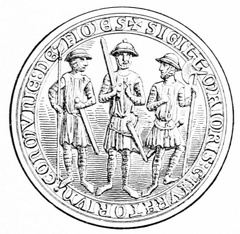 Seal of the municipality of Fismes
Seal of the municipality of Fismes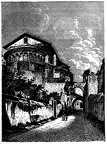 Street and apse of Saints John and Paul, in Rome
Street and apse of Saints John and Paul, in Rome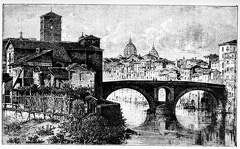 San Bartolommeo in Isola, in Rome
San Bartolommeo in Isola, in Rome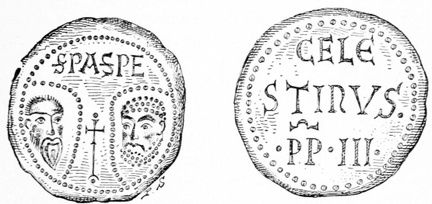 Seal of Celestin III, like the apostles
Seal of Celestin III, like the apostles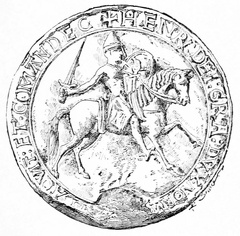 Seal of Henri Plantagenet
Seal of Henri Plantagenet Saint Louis transporting the relics of the Passion to the Sainte-Chapelle
Saint Louis transporting the relics of the Passion to the Sainte-Chapelle Saint Louis, after a wooden statuette from the Cluny museum
Saint Louis, after a wooden statuette from the Cluny museum Qala'at El-Hosn
Qala'at El-Hosn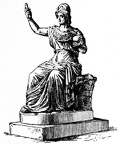 Rome dominating the world.
Rome dominating the world.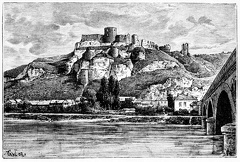 Ruins of Gaillard castle
Ruins of Gaillard castle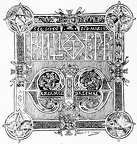 Ornate page from the Evangéliaire de Saint-Vaast
Ornate page from the Evangéliaire de Saint-Vaast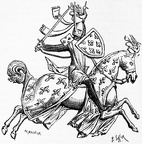 Philippe de Valois, after his seal
Philippe de Valois, after his seal Philippe le Bold, son of Saint Louis, after his tombstone
Philippe le Bold, son of Saint Louis, after his tombstone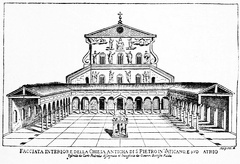 Interior facade of the old St. Peter's Church in the Vatican
Interior facade of the old St. Peter's Church in the Vatican Knight of around 1220, from the Villard de Honnecour album
Knight of around 1220, from the Villard de Honnecour album La Ziza, palace of the Norman and Swabian kings of Sicily, near Palermo
La Ziza, palace of the Norman and Swabian kings of Sicily, near Palermo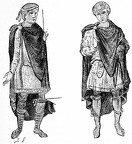 Germanic costume (5th-8th century)
Germanic costume (5th-8th century)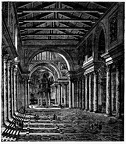 Former Constantinian Basilica of Saint Peter. Restitution
Former Constantinian Basilica of Saint Peter. Restitution Gautier Bardins, bailiff and adviser to the king in the 13th century, according to his tombstone
Gautier Bardins, bailiff and adviser to the king in the 13th century, according to his tombstone Geoffroy Plantagenet
Geoffroy Plantagenet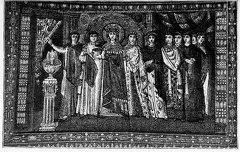 Empress Theodora
Empress Theodora Enamelled copper stock. The Annunciation. Limoges, 13th century
Enamelled copper stock. The Annunciation. Limoges, 13th century Enamelled copper vase by G. Alpaïs de Limoges
Enamelled copper vase by G. Alpaïs de Limoges Emperor Lothaire
Emperor Lothaire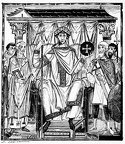 Emperor Otton III, after a miniature from the Evangelist of Bamberg
Emperor Otton III, after a miniature from the Evangelist of Bamberg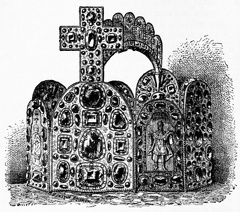 Crown of Charlemagne, kept in the imperial treasury of Vienna
Crown of Charlemagne, kept in the imperial treasury of Vienna Emperor Anastasius in consular costume
Emperor Anastasius in consular costume Emperor Justinian and his court - Mosaic of San Vitale, in Ravenna
Emperor Justinian and his court - Mosaic of San Vitale, in Ravenna Anglo-Norman knight, after a tomb from 1277
Anglo-Norman knight, after a tomb from 1277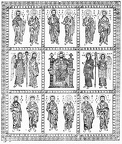 Byzantine enamels from the Limburg reliquary
Byzantine enamels from the Limburg reliquary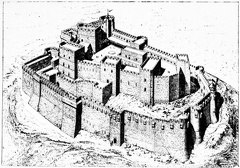 An attempt to restore the Krak, according to M. Rey
An attempt to restore the Krak, according to M. Rey Tie-back skirt
Tie-back skirt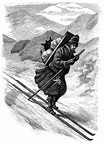 Laplander on Snow-runners
Laplander on Snow-runners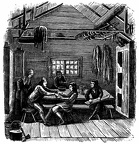 Finns Singing.
Finns Singing.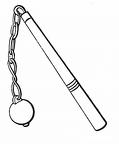 A Sprinkle or Hand-Flail of bronze
A Sprinkle or Hand-Flail of bronze Swords
Swords Group of Western Lyres
Group of Western Lyres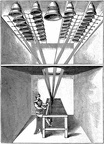 Carillon, Netherlands
Carillon, Netherlands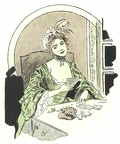 A Lady at Play
A Lady at Play They swoop down over the trenches
They swoop down over the trenches The Dude of the 17th Century
The Dude of the 17th Century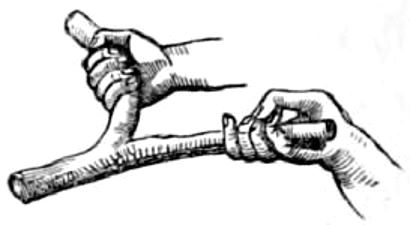 Divining Rod
Divining Rod



